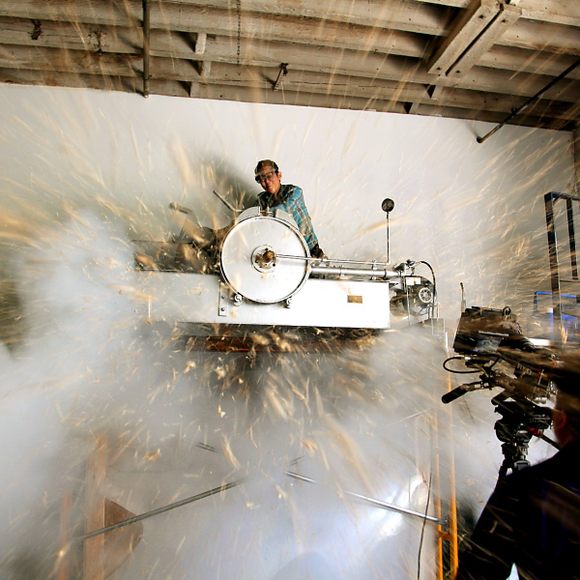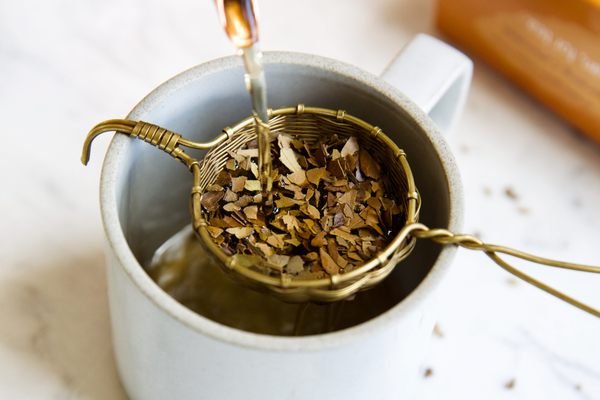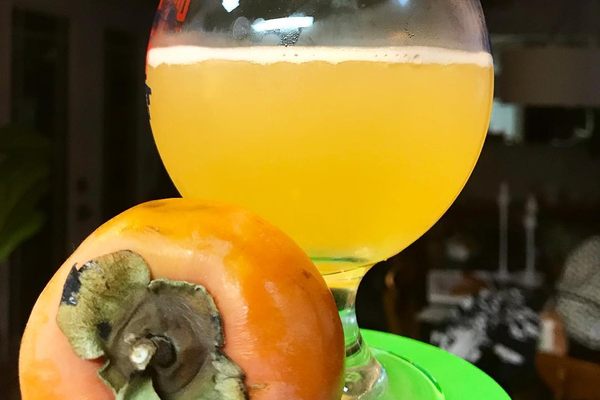In 1901, Alexander P. Anderson toasted sealed test tubes of cornstarch and wheat flour in a 500-degree oven. He worked as a botanist at the New York Botanical Garden and was testing grain moisture content. Instead, he laid the groundwork for puffed cereal.
When he struck a tube with a hammer, the moisture in the starch (which hadn’t boiled in the sealed environment) immediately turned to steam, expanding the granules until they exploded out of the tube as the first batch of corn puffs. The inventor presented this discovery at the 1904 World’s Fair—this time, with a bit more fanfare. Using eight bronze tubes, he blasted puffed rice inside a giant cage. Quaker Oats began selling his puffed rice and by 1912, the company was publishing ads boasting that people were eating more than a million bowls of ready-to-eat puffed wheat and rice every day. General Mills, a company that had previously sold only flaked cereal (i.e., Wheaties), hopped on the bandwagon in the 1930s. They debuted the first commercial puffed corn cereal, Kix. Corn Pops, Lucky Charms, Cheerios (originally “Cheerioats”), and many more were to follow.
One Quaker Oats advertisement described Anderson’s blasting technique as “food shot from guns of peace.” The artillery terminology stuck, and various companies referred to their devices as puffing guns or cannons. Most devices followed a similar format: a sealed, heated chamber would spin (to keep the starch from burning) and when it reached the right level of pressure, a lucky employee hit a lever that unsealed it, causing the grains to puff and explode outward.
But after World War II, continuous puffing machines made the manually-operated guns obsolete. By the 1970s, cereal-makers were using extruding machines to force grain through a barrel that also mixed, cooked, and molded ingredients. Most modern cereal is produced with extrusion technology.
Today, one Nebraska-based company, Puritan, manufactures puffing guns using designs from 1939. Demand for the gadget in a few countries, including Mexico and Peru, has kept Puritan in production. Allegedly, only two employees still know how to make the device, and it costs $32,000 to do so.
Written By
 rachelrummel
rachelrummel
Sources
- blog.generalmills.com/2013/10/invention-blasts-off-our-cereal-business/
- www.tested.com/food/458521-testing-puffing-gun-and-unexpected-food-explosions/
- www.theverge.com/2013/8/14/4620216/breakfast-cereal-puffing-gun
- www.newyorker.com/tech/elements/puffed-the-magic-of-cereal
- babel.hathitrust.org/cgi/pt?id=mdp.39015011414243;view=1up;seq=331
- invention.si.edu/alexander-anderson-and-cereal-shot-guns
- www.mnhs.org/school/online/communities/milestones/PUFadv1T.php













